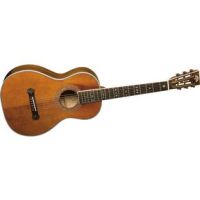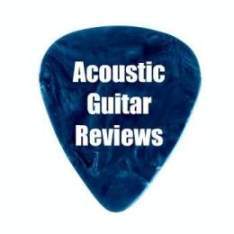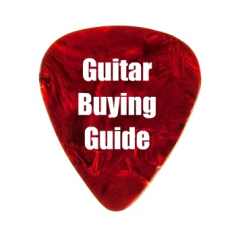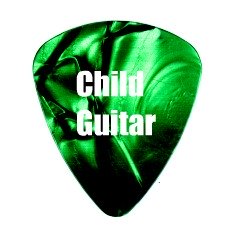|
Guitar Shapes
Are you confused over the many different guitar shapes that are available on the market today? Don’t worry - you’re not the only one! While most people can tell the difference between, say a parlor guitar and a dreadnought, it is far harder to determine the differences between a Concert and a Grand Concert, or an Auditorium and an Orchestra model. If there were just one guideline that all guitar manufacturers adhered to, it would be easy. But many take pride in slightly altering the designs of their guitars in order to provide their customers with something unique and improved. So while a guitar may be built on, for example, a dreadnought body, it may not meet all the criteria for a standard dreadnought. Hopefully, the designations below will help to make it a little clearer to you, or at least give you an idea of what it is that you are dealing with. Basic Acoustic Guitar ShapesParlor GuitarsParlor is, with very few exceptions, the smallest acoustic guitar available. The small size makes this a favorite for small or young players, its tone is quiet (relatively speaking), and it is great for playing in private or for just a few individuals in a small room. The shape of this guitar is quite curvy and, in fact, looks very much like an hourglass, which allows it to fit comfortably on you knee.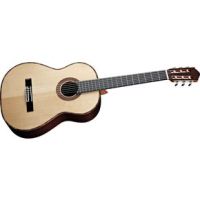 Classical GuitarsClassical guitars are proportionately similar to parlor guitars, but they tend to be wider at the bottom than at the top and to have a deeper body overall to give the guitar greater volume and resonance. This enables the player to play classical guitar in the accepted playing position (bottom of guitar on the knees, neck angled upwards, not horizontal) and still be a manageable size.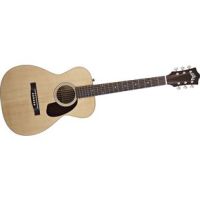 Concert or “O”A Concert or “O” guitar has a rounder, more pronounced bottom than either the parlor or classical guitar which is disproportionately large when compared with its top. These guitar shapes bridge the gap between the tiny parlor size guitars and the larger models.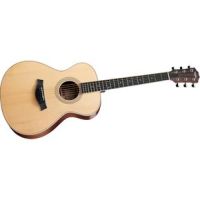 Grand Concert or “OO”A Grand Concert or “OO” guitar is slightly longer than the “O” and slightly larger on the bottom. The difference in length is great enough, however, that it actually looks more proportionate than the “O”. The sound of an “OO” is stronger than the smaller models as well, making it a better choice for solo or group work.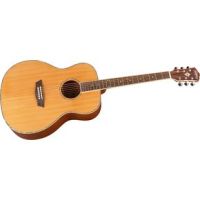 Auditorium; Orchestra (OM); Grand Auditorium; “OOO”Yes, all of these model descriptions are describing the same basic instrument. The Orchestra (OM) Model was the brainchild of Martin, though it is the exact same body size as the OOO with a neck that is just a touch longer. The lower half of an Auditorium, OM or GA/OOO guitar is even larger than the Grand Concert/OOO models, yet it is still considered to be a small-bodied guitar.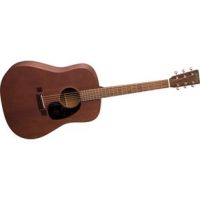 DreadnoughtA truly original instrument, the dreadnought guitar was introduced by Martin & Co. at the beginning of the 20th century. This is a big guitar with broad shoulders and a thicker waist that is not nearly as pronounced (or curvy) as the smaller models. A dreadnought also has a deep body, meaning that you have to reach out further to manipulate the strings, which can make it a hard instrument for smaller and younger players to handle, but it has an awesomely large sound that makes it a favorite no matter what audience you’ll be playing to.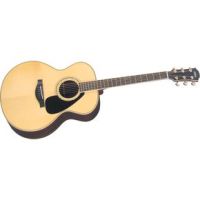 JumboJumbo guitars are the largest of all guitar shapes and were introduced by Gibson in order not to be outdone by Martin & Co.’s Dreadnought. The Jumbo has an excellent projection, though its tone may be a bit less defined than that of the Dreadnought.ConclusionAs you can see, there are many different kinds of guitar body shapes to choose from when selecting an acoustic guitar. By acquainting yourself with the different guitar body shapes, you can narrow your search when looking to purchase a new instrument, especially if you have a specific sort of tone or volume in mind.
More Buying Tips
Return from Guitar Shapes to Best Acoustic Guitars HOME
|





